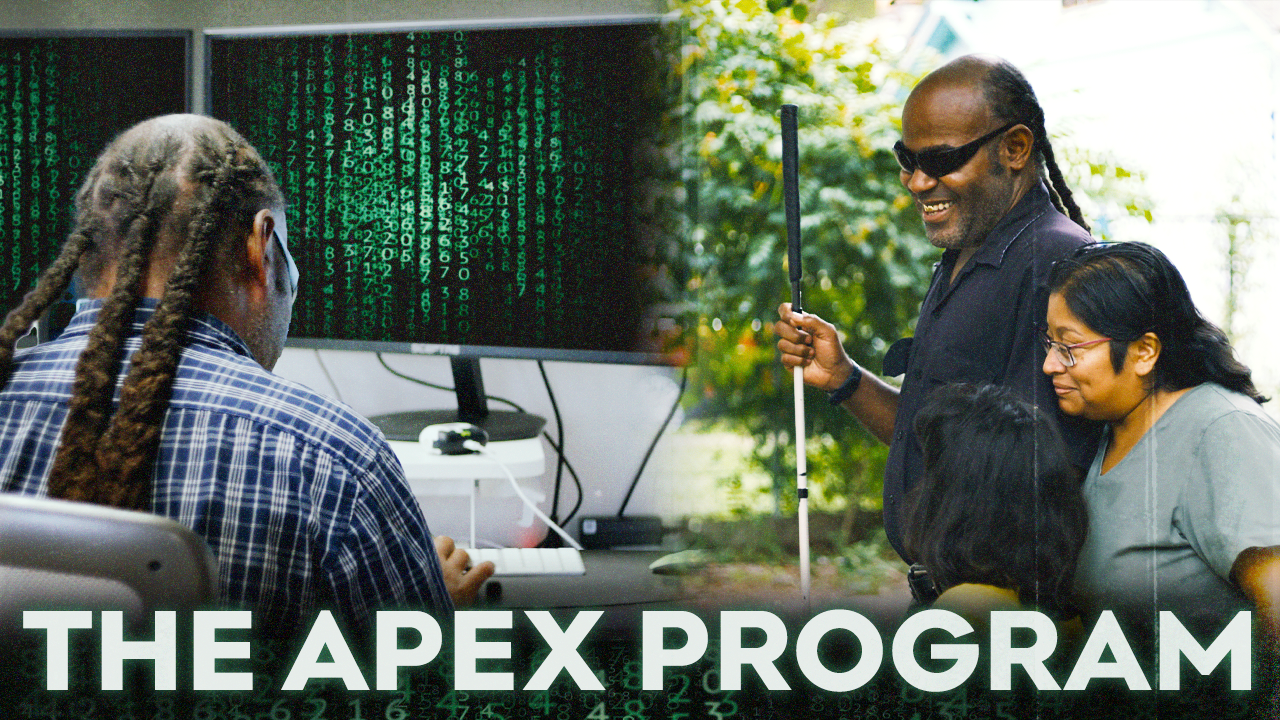The unemployment rate in May dropped to 13.3 percent from April’s 14.7 percent, according to the Bureau of Labor Statistics, as more than two million people returned to work. “Part-time workers accounted for about two-fifths of the over-the-month employment growth,” the BLS explained in its release accompanying the numbers.
Underserved communities continue to show higher unemployment, a trend started well before the COVID-19 pandemic. While the jobless rate for Whites dropped from 14.2 percent to 12.4 percent in May, it still remains higher for Hispanics (17.6 percent), Blacks (16.8 percent), and Asians (15 percent). For Blacks, the jobless rate actually clicked up in May and is at the highest level in more than a decade.
Creating an Inclusive Workforce
How do you help people in underserved communities, regardless of race, find a path back to employment? Last week, we listened in to a webinar organized by Merit, a platform that works with state workforce development leaders in California, Virginia, Washington, Alabama, and other organizations to track credentials that signal skills to employers.
“We are going through a tough time as a country,” says Taimarie Adams, director of government affairs with Merit, during the Show, Don’t Tell: Empowering Displaced Workers with Credentials of Value webinar. “We need to make sure that we’re building an inclusive economy, where everyone has access to the skills that they need. And we need to expand access to credentials that lead to opportunity for everyone, but particularly for individuals that come from communities that have been traditionally marginalized.”
Leveling the Playing Field
Jason Green is co-founder, senior vice president, and general counsel with SkillSmart. He says, “We need to do a better job of connecting three things. Articulating the demands of employers, present a different way for evaluating talent based upon skill sets, and then providing a pathway.”
Green continues, “We can’t overlook the role that economic disparity and frankly, lack of economic opportunity plays in our state of current affairs, well beyond COVID.”
“Seventy to 80 percent of jobs are still filled through networking or internal referral,” says Green. He adds, “We know that minorities and women over-respond to data that exists in job descriptions.”
He offers an example of a job ad that indicates applicants need to have 10 years of experience in a particular industry, and that minorities and women might feel they aren’t able to compete for that opportunity due to lack of experience.
Green says credentials may afford more opportunity. “This is one of the fundamental things that skills credentials can present individuals, the opportunity to do—to break down language.”
Credential Transparency
Scott Cheney, executive director at Credential Engine, says navigating through the more than 738,000 unique credentials available to the public is a daunting task. Last month Credential Engine teamed with six state policy organizations with the goal of boosting credential transparency. The collaboration will allow states to help students and workers gain the right skills and credentials that lead to good jobs.
Cheney says credentials are not a one-size fits all. “There is no single definition about what value is, what quality is, and which credentials are going to be of value to your worker or employer. Different employers may have slightly different perspectives on which credentials meet their value.”
“We work with a range of experts to make sure that we have a term in the descriptor language that captures completion. Somebody else says they want to know transfer value. Somebody else says they want to know the connection to occupation. Someone else wants to know the income results from that credential, all of which we want to make sure our data points can be added into our description language and available for use,” Cheney adds.
State in Focus: Alabama
Nick Moore is education policy advisor and coordinator, Alabama Committee on Credentialing and Career Pathways (ACCCP). Moore says between March and May, 526,000 Alabamians have filed for unemployment benefits. Moore says that figure is in addition to the state’s credentialing attainment goal. “We have said more than 500,000 Alabamians needed to be credentialed and added to our workforce by 2025. So that brings into focus that we’re going to have to redouble our efforts now.”
“We were looking at strategies for upskilling and reskilling folks as a pandemic response strategy. We have to also make sure that opportunities that we’re developing have the right mix of general and specific skills,” says Moore.
Alabama is using labor market data to identify valuable state and regional credentials. Moore says, “For each of our 16 industry clusters, we have folks meeting—from business and industry with members of education and our workforce system. We’re working to develop an in-demand jobs list.”
He says, “We’re trying to figure out what are the entry-level jobs. What’s the next step along the way, and then mapping competencies and credentials to those opportunities. There are multiple routes to the same pathway.”
Embracing the Challenge
Cheney says states can step up in the credentials space. “Because the marketplace is changing so much, we’re going to see a lot of turmoil. What’s being offered, who’s offering it? We’re going to have an even harder time knowing, not only what’s out there, but what is a value that you can count toward your attainment rate as well as just helping people get back to work? There’s an opportunity here for states to embrace the moment.”
Green touts the concept of lifelong learning. “The demands from the employer are conveyed to a community and then job seekers understand them. Organizations that support jobseekers are able to make sure that they’re prepared where additional training and development is necessary, and transparently provided. And constantly lead to that continuous development that will allow job seekers to attain work, to grow.”
In a nod to the future of work, Green says, “People can continue to discover new opportunities. The pathway they were on today may lead to new things that jobseekers didn’t know existed before.”











